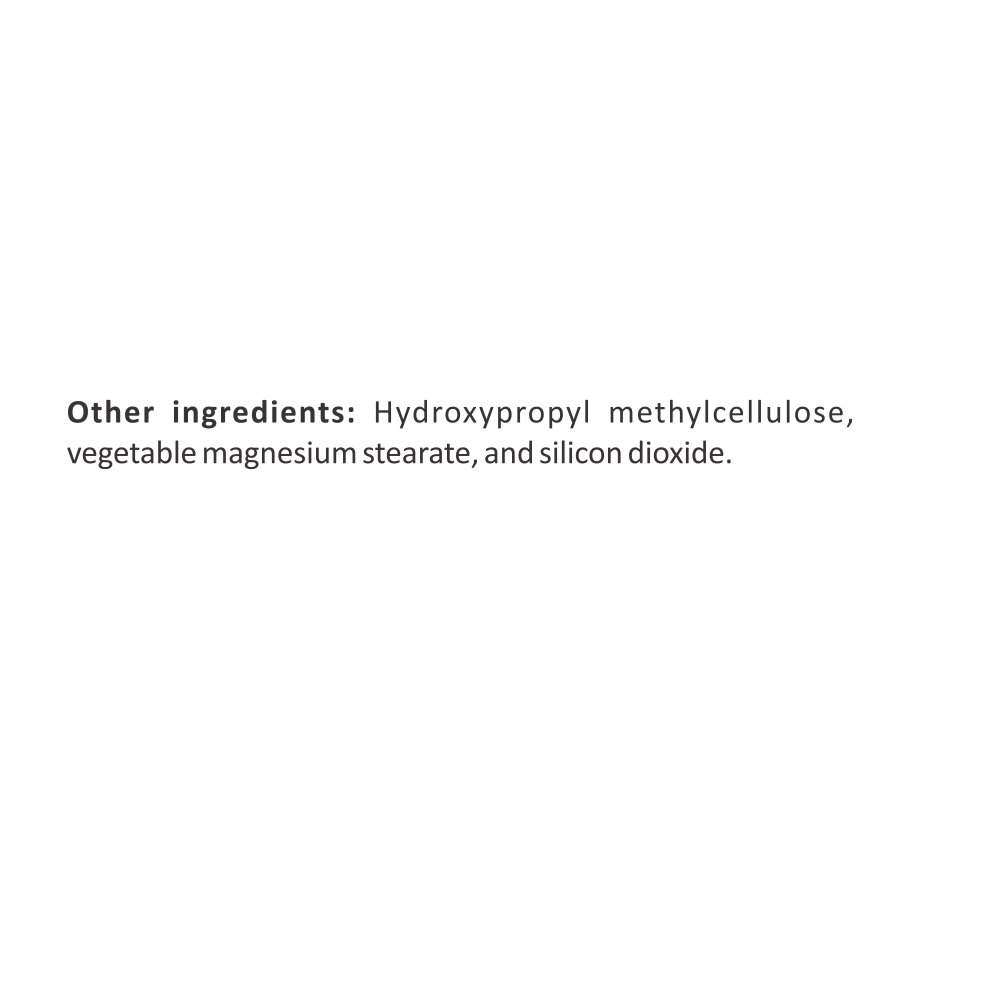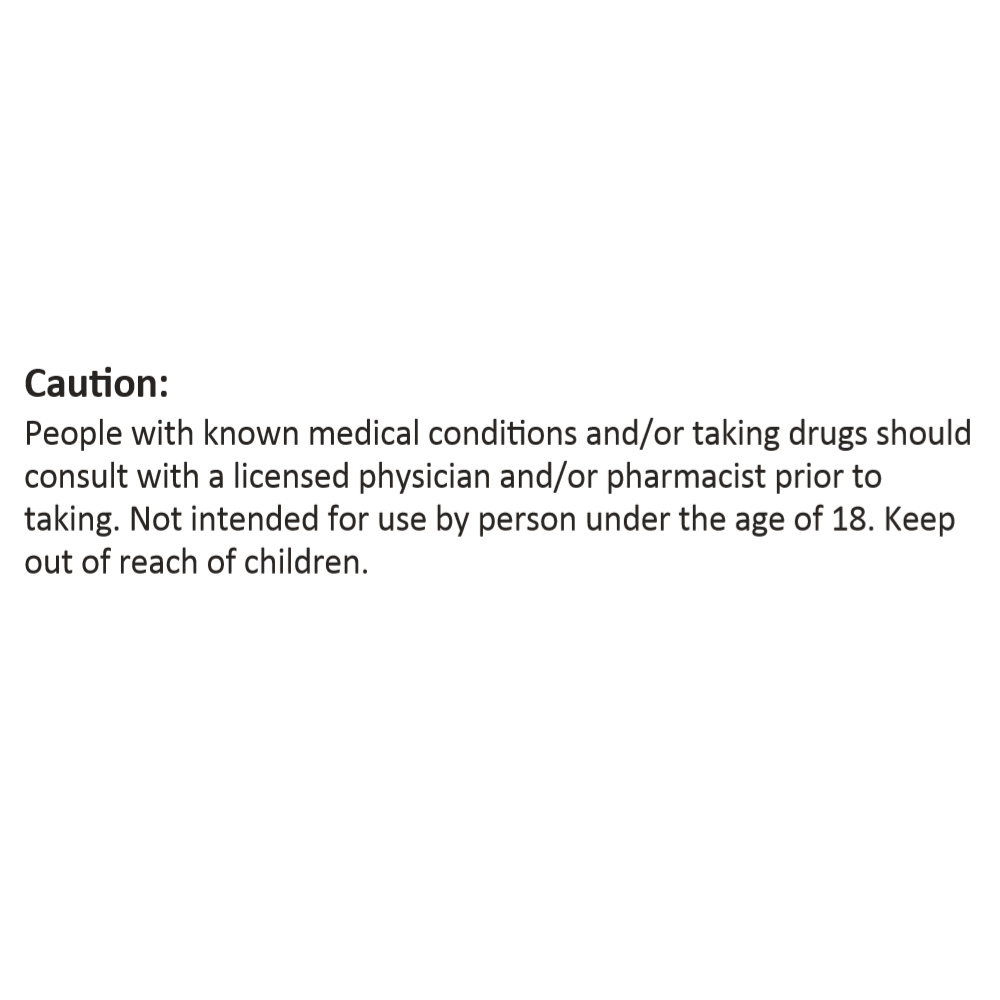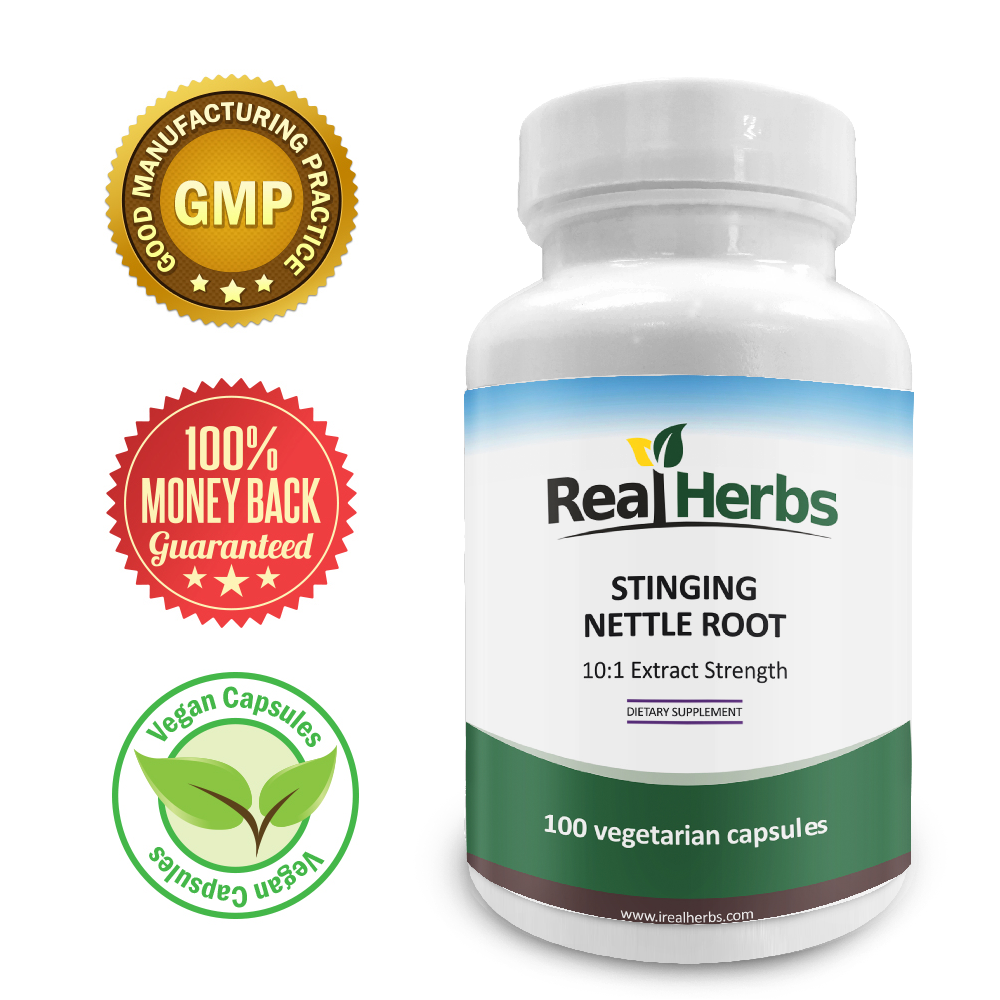Urinary tract infections (UTIs) are a common and often painful condition caused by bacteria entering the urinary tract. Urinary tract infections (UTIs) can affect any part of the urinary tract, including the kidneys, ureters, bladder, and urethra. UTIs are more common in women, but they can also affect men and children.
A UTI can cause frequent and urgent urination, pain or burning during urination, and low abdominal pain. UTIs can cause fever, chills, and back or side pain in some cases. UTIs can lead to more serious complications, such as kidney damage, if left untreated.
Antibiotics are commonly used in the treatment of urinary tract infections (UTIs). Many people, however, are turning to natural remedies to relieve UTI symptoms and prevent recurrent infections. Stinging nettle root, for example, has a long history of use in traditional medicine for the treatment of UTIs. In this article, we will look at the history of stinging nettle root as a treatment for UTIs, how it works, and the available research on its efficacy.
History
Stinging nettle (Urtica dioica) is a perennial plant that has been used in traditional medicine for centuries to treat a variety of ailments, including UTIs. It is native to Europe, Asia, and North America and has been used to treat a variety of ailments such as allergies, arthritis, and prostate problems. The stinging nettle plant's root is most commonly used medicinally, and it is thought to have anti-inflammatory and diuretic properties.
How it works
Stinging nettle root is thought to aid treat UTIs in a variety of ways. It has diuretic properties, which means that it can aid in increasing urine flow and flushing bacteria from the urinary tract. This is especially beneficial in reducing the severity and frequency of UTIs.
Stinging nettle root also has anti-inflammatory properties, which may help reduce urinary tract inflammation and discomfort. Because urinary tract inflammation can contribute to UTI symptoms, reducing inflammation may help alleviate discomfort and improve overall symptoms.
Furthermore, stinging nettle root is high in antioxidants, which may help strengthen the immune system and fight infection. Stinging nettle root may help the body fight bacteria more effectively and reduce the risk of recurrent UTIs by supporting the immune system.
While the precise mechanisms by which stinging nettle root may help treat UTIs are unknown, these are some of the ways it is thought to be effective. It is important to note that more research is needed to fully understand and confirm the effectiveness of stinging nettle root on UTIs.
Studies and Results
Several studies on the use of stinging nettle root for the treatment of UTIs have been conducted. Stinging nettle root extract was found to be effective in reducing the severity and frequency of UTIs in women in a study published in the Journal of Ethnopharmacology. For six weeks, 60 women with recurrent UTIs were given either stinging nettle root extract or a placebo. When compared to the placebo group, the group taking stinging nettle root extract had a significant reduction in UTI symptoms.
Another study published in the Journal of Medicinal Plants Research discovered that stinging nettle root extract reduced the severity of UTIs in rats. The researchers used stinging nettle root extract and a common antibiotic in the study, and the results showed that both treatments were effective in reducing the severity of UTIs in rats.
While these studies suggest that stinging nettle root may be useful in the treatment of urinary tract infections, more research is needed to confirm these findings. It is also worth noting that the studies were small, and more research is needed to determine the best dosage and duration of stinging nettle root treatment for UTIs.
Recommended Dosage
The recommended dosage of stinging nettle root for the treatment of urinary tract infections varies depending on the form taken and the specific product used. It is generally recommended to take stinging nettle root in capsule or tincture form, with a daily dose of 300-500 mg. Before taking stinging nettle root or any other natural remedy, it is critical to follow the dosage instructions on the product label and to consult a healthcare professional.
Conclusion
Stinging nettle root is a natural remedy with a long history of use in traditional medicine for the treatment of UTIs. While there is some evidence that it may help reduce the severity and frequency of UTIs, more studies are required to back up these findings. Before using stinging nettle root or any other natural remedy, consult a healthcare professional and follow the dosage instructions on the product label.
References:
- Journal of Ethnopharmacology. (2006). The effectiveness of Urtica dioica in the treatment of urinary tract infections. Retrieved from https://www.ncbi.nlm.nih.gov/pubmed/16754768
- Journal of Medicinal Plants Research. (2011). Effect of Urtica dioica L. root extract on the severity of urinary tract infection in rats. Retrieved from https://www.ncbi.nlm.nih.gov/







